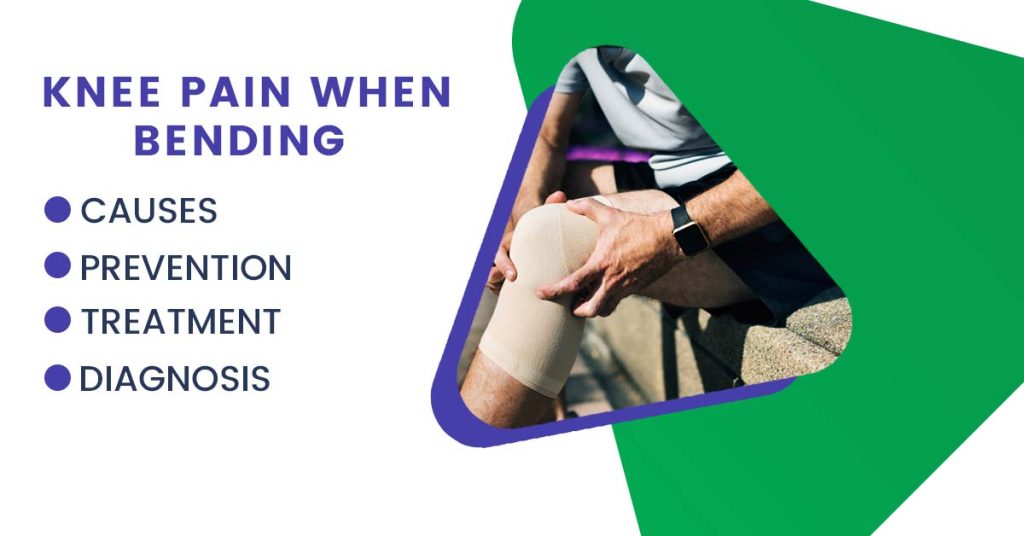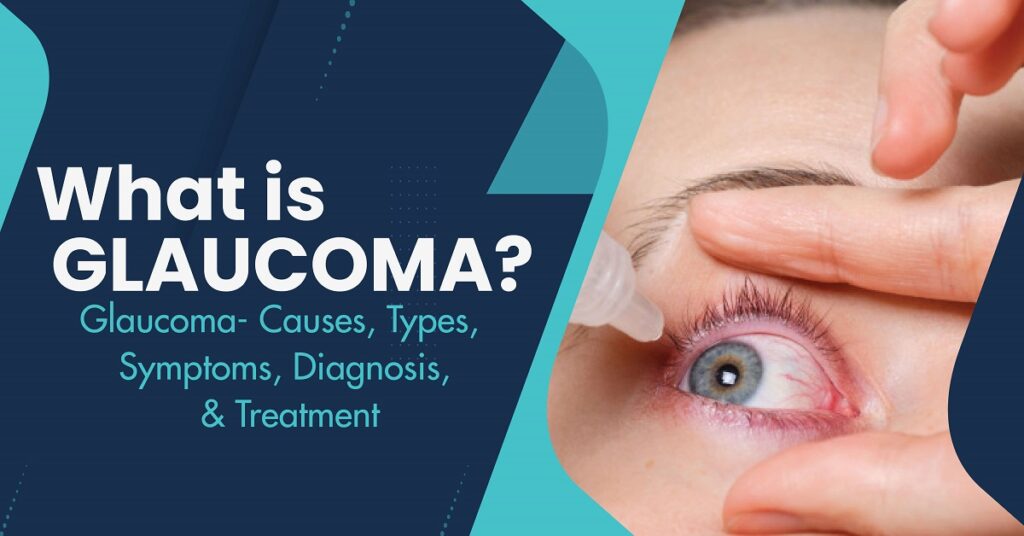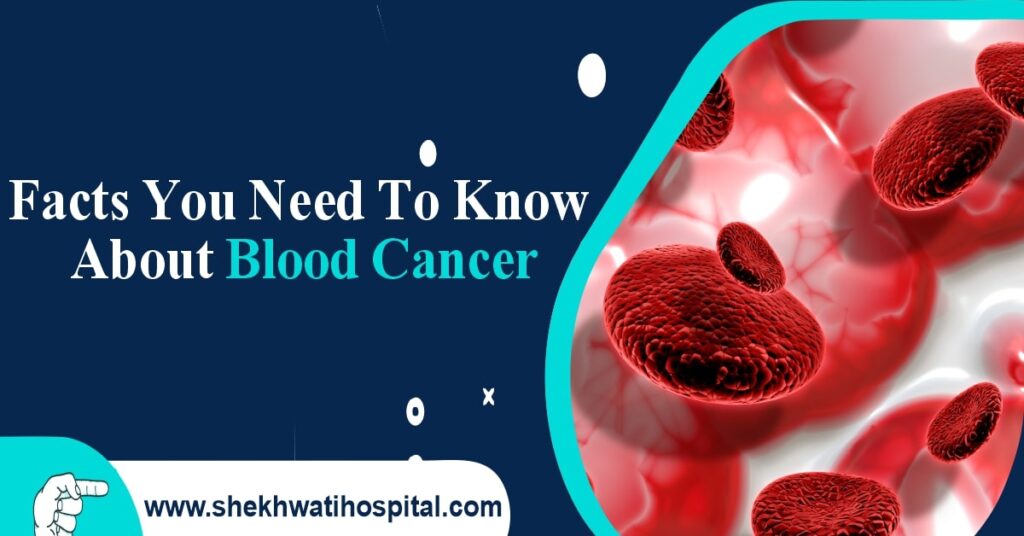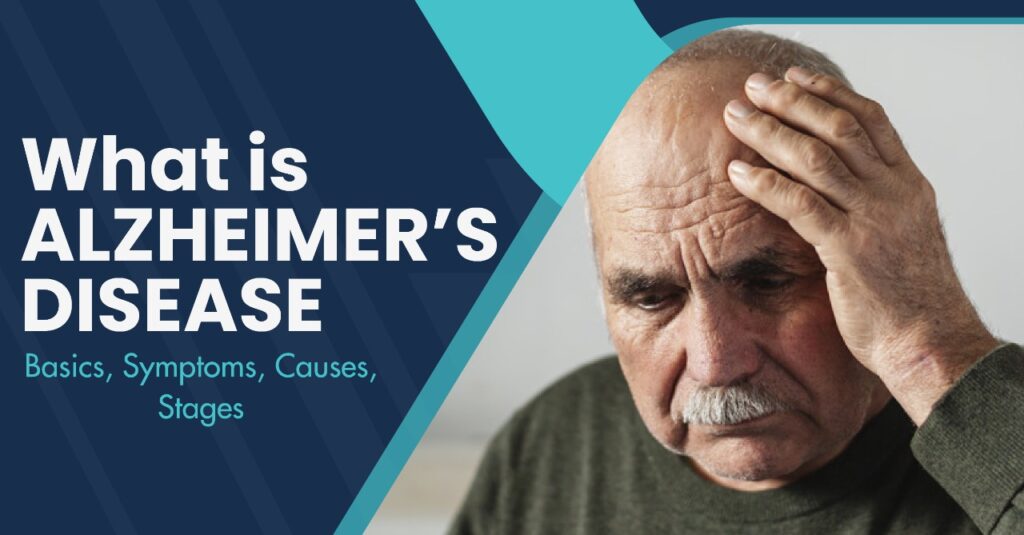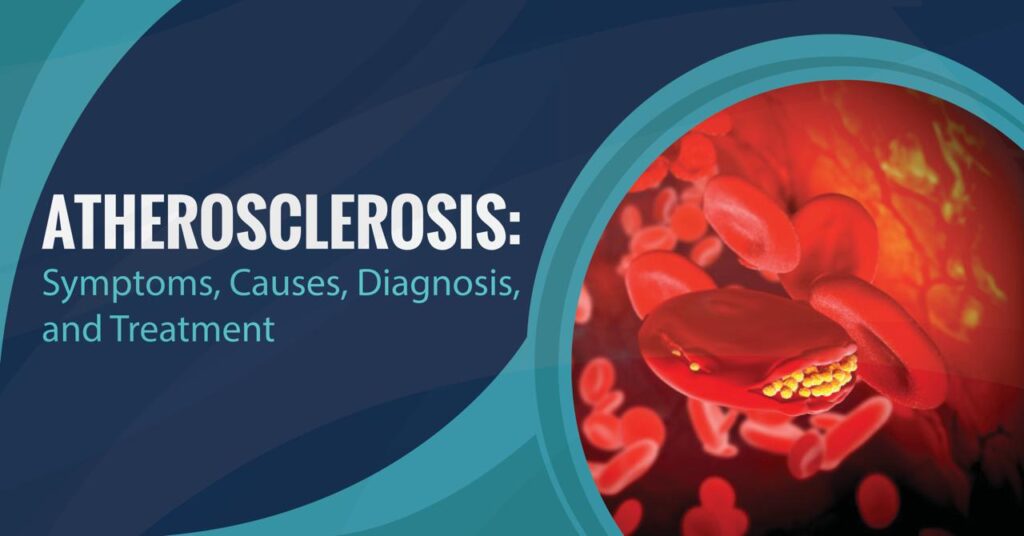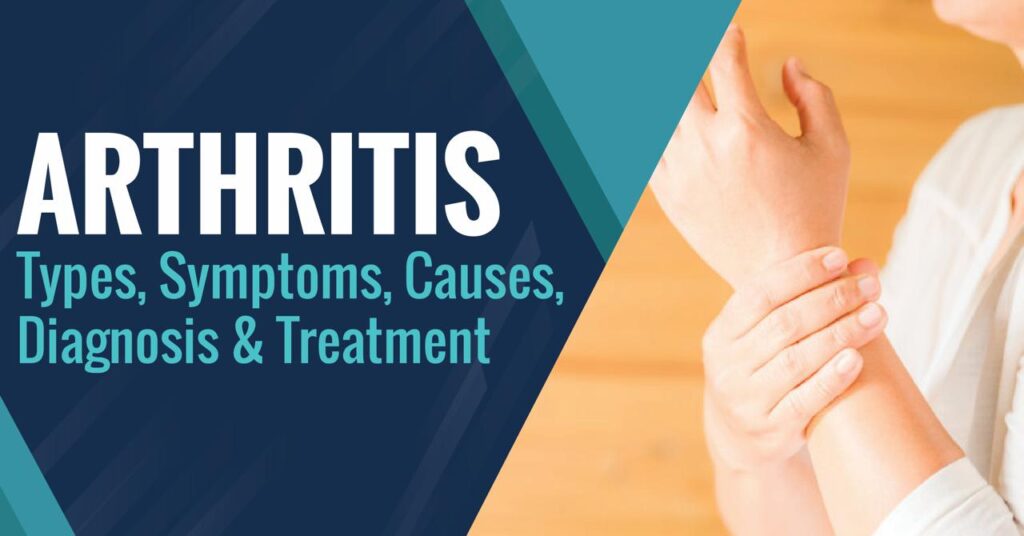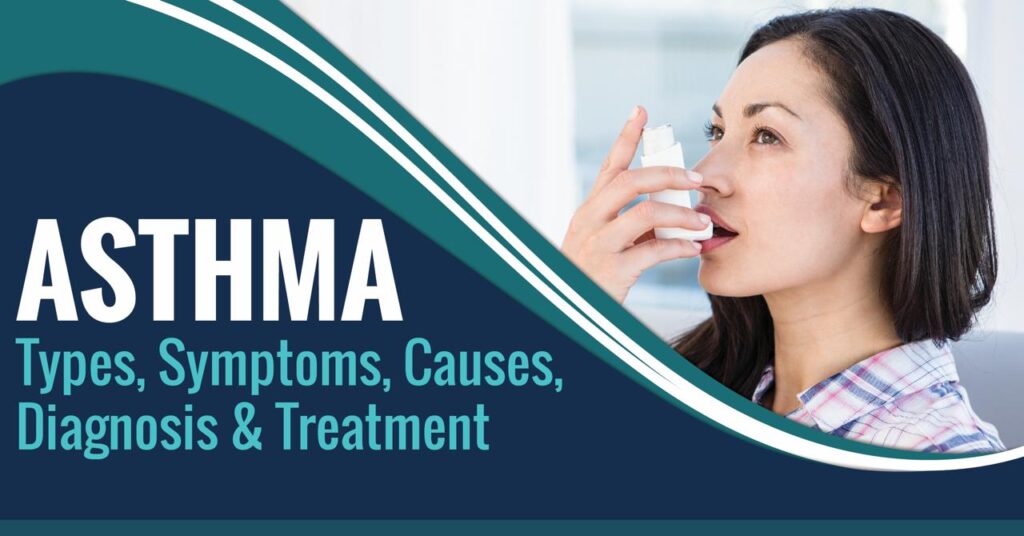There are many people who experience knee pain when bending their knees. As the knee bends, forces up to seven times their body weight can pass through it, so it is not surprising that it is so common.
Depending on the cause, knee pain after bending may occur suddenly after an injury or gradually over time.
A number of different conditions can cause knee pain when bending, but they are all generally caused by a malfunctioning of one (or more) of its structures.
Due to this change, too much pressure can be applied to certain areas of the knee, causing knee pain when bending.
Why Knee Pain Occurs when I Bend It?
Having worn and torn bones, ligaments, muscles, and/or tendons in and around your knee joint over time can cause pain when bending it.
Every time your knees bear weight, such as when running, bending, squatting, or walking, about 3kg of pressure is applied to them.
What Factors Contribute to Knee Pain?
An overview of these etiologies is provided below:
Knee pain caused by injuries:-
- Anterior cruciate ligament tear: Among the four ligaments that connect the tibia (shin bone) to the femur (thigh bone), the anterior cruciate ligament (ACL) is one of the most important. The ACL is a frequent injury in sports like football, basketball, and skating that demand a swift change in direction.
- Fractures: Kneecap or patella fractures are rare, most frequently occurring as a result of auto accidents or, less frequently, due to a loss of bone density brought on by osteoarthritis brought on by aging.
- Meniscal tears: The cartilage between the femur (the thigh bone) and the tibia (the shin bone) can be torn as a result of a sudden twisting of the knee joint while carrying weight. To prevent friction between the two communicating bones, the menisci play a role in cushioning the joint.
- Bursitis: A smooth sliding motion of the tendons and ligaments against one another is made possible by bursae, which are tiny sacs of fluid that line the sides of the knee joint. These bursae can become inflamed, which is known as bursitis, and it is typically brought on by an injury.
- Tendonitis: Tendons are the substantial fibrous bands that join the muscles to the bones to allow for movement. The quadriceps muscles and tibia, the shin bone, are joined by the patellar tendon. Cycling, running, or other activities requiring jumping frequently result in patellar tendinitis, an injury to this ligament.
Mechanical problems causing knee pain:
The following are some instances of mechanical knee pain causes:
- Loose bodies: Think of a pen that is stuck in a door hinge, making it challenging to move smoothly. Similar to the previous example, occasionally a chipped piece of bone or cartilage caused by degenerative changes or injury can affect movement while floating within the fluid of the knee joint.
- Dislocation of the patella: The patella, or kneecap, can become dislocated and move outside the knee joint, resulting in a visual deformity and frequently being accompanied by excruciating pain.
- Illio-tibial band syndrome: A thick, fibrous band called the illio-tibial band extends from the area outside the hip joint to the area outside the knee joint. As the band becomes tighter, it rubs against the femur, which is located at the back of the thigh. Ilio-tibial band syndrome is particularly common in marathon runners and cyclists.
- Hip or foot pain: The pain in your hips or feet may change the way you walk in order to lessen the strain on these joints. Consequently, the knee joint can be strained and cause pain. A referred pain in the knee joint can also occur due to pain in the foot or hip joint.
You can Read Also: Hyperspermia: Causes, Symptoms, Fertility & Treatment
Types of Arthritis:
A person with arthritis suffers from inflammation of the joints and stiffness, and there are over a hundred different types of arthritis. It is most common among people older than sixty-five, but it can also affect children, teenagers, and young adults. The prevalence of arthritis is higher among women than men, and it is higher among obese individuals.
A person with arthritis may suffer from pain, limited range of movement, as well as redness or swelling. A knee joint is most commonly affected by the following types of arthritis:
- Osteo-arthritis: Osteo-arthritis, also referred to as degenerative arthritis, is the most prevalent form of arthritis. It primarily impacts the knee joint and is brought on by cartilage deterioration, which results in stiffness and painful motions.
- Rheumatoid arthritis: Rheumatoid arthritis, one of the most incapacitating types of arthritis, is brought on by an autoimmune condition and has a protracted course. Rheumatoid arthritis typically strikes women around the age of forty, requires lifelong treatment, and exhibits a waxing and waning pattern.
- Gout: Gout can also affect the knee joint, despite the fact that it typically only affects the big toe. Uric acid crystals build up in the joint fluid as a result of the metabolic disorder known as gout.
- Pseudogout: The cause of pseudo-gout, which has symptoms that resemble gout, is calcium crystal deposits in the joint cavity. Knee joints are most commonly affected by pseudogout.
- Septic arthritis: Knee joint infection can result in discomfort, edema, and limited range of motion. There is frequently a fever present, and the cartilage sustains significant damage quickly.
Other causes
The pain that develops at the joint of the patella and the femur is known as patellofemoral syndrome. It occurs in athletes, elderly patients with arthritis, and patients with a slight misalignment.
Risk Factors of knee pain:
Chondromalacia has a higher risk of developing in:
- Athletes and individuals who strain their knees through physical activity and other activities
- Due to a temporary muscle imbalance brought on by the body’s growth in adolescents, which usually corrects itself over time.
- Due to their disproportionately smaller knee muscles, women
- Those who have experienced dislocation or other knee injury in the past
- Those who have a tight hamstring, flat feet, different lengths in their legs, or loose joints
- People whose kneecaps move more frequently than they should due to patellar hypermobility
It might also indicate arthritis. Activities like running, cycling, skiing, squatting, jumping, and sitting for extended periods of time with the knees bent can all aggravate it.
Unbalanced muscles are another contributing factor. The kneecap can also be forced out of place by strong thigh muscles working together with weaker calf muscles. Similar to how strong outer thigh muscles and weak inner thigh muscles can lead to misalignment.
When to See a Doctor?
Even though not all knee pain requires medical attention, waiting to get help when you do can make your condition worse and make you more disabled. Symptoms that you need to rush to the hospital are:
- More than 48 hours of discomforting pain
- Prolonged inflammation (more than 48 hours)
- Reduced range of motion
- Instability
- Infection like (fever, redness, and warmth around the joint)
Your knee injury might require immediate attention if:
- The joint seems to be misaligned.
- There was a popping or grinding sound from the wound.
- You can’t put weight on it.
- Intense pain.
- You’ve developed an acute inflammation or swelling.
You can Read Also: Malaria: Causes, Symptoms, Diagnosis, and Treatment
Diagnosis of the causes of Knee:
Other tests for knee issues may be in addition to a thorough medical history and physical examination:
- X-ray. A film is created by imaging internal tissues, bones, and organs with invisible electromagnetic energy beams.
- Magnetic resonance imaging (MRI). By using a computer and large magnets, this test produces detailed images of organs and structures within the body; it can often be used to determine whether a ligament or muscle is damaged or diseased.
- (CT or CAT scan). The test uses X-rays and computers to create horizontal images (often called slices) of the body. CT scans provide detailed images of the bones, muscles, fat, and organs of the body. Compared to general X-rays, CT scans are more detailed.
- It is used for the diagnosis and treatment of joint conditions that require minimal intervention. An arthroscopic procedure involves inserting a short, lighted tube (arthroscope) into a joint through a small incision. This imaging is used to determine the cause of bone pain and inflammation, and to identify bone diseases, tumors, and degenerative changes in the joint.
- Radionuclide bone scan. Nuclear imaging involves injecting a very small amount of radioactive material into the bloodstream of a patient for detection by a scanner. During this test, blood is pumped to the bone, and cells are activated within it.
Treatment for Knee Pain When Bending:
Depending on the underlying cause, different treatments are best for knee pain when bending. A physician might suggest:
Physical therapy-
You can get specific exercise instructions from a physical therapist for your condition. Your knee will get stronger, more mobile, and more flexible with the help of these exercises.
Orthotics-
Ankle and foot stability is provided by orthotics, which are shoe inserts. By releasing pressure from your knee, they can reduce pain. You might be able to get an orthotic at a drugstore, depending on your condition. A doctor might recommend a custom shoe insert as an alternative.
Immobilization-
A brace or cast may be prescribed by a doctor if your knee pain is the result of an injury. Preventing you from moving your knee, will safeguard it, reducing injury risk and promoting healing.
Surgery-
Surgery might be necessary if nonsurgical treatments don’t improve your condition. Surgery is typically only necessary in severe cases. Surgery for knee problems can take many different forms. Here are a few examples:
- Anterior cruciate ligament (ACL) reconstruction is a procedure to mend an ACL that has torn.
- Total knee replacement
- Increasing knee stability through tibial tubercle transfer
- Meniscectomy or meniscus repair, to treat a torn meniscus
Home Remedies for Knee Pain When Bending:
The RICE technique is frequently used as a home remedy for minor knee pain. This involves:
- Rest: Keep your knee from putting any weight on it, and limit any activities that require you to use it.
- Ice: Pain and inflammation can be relieved by applying an ice pack wrapped in a towel to your knee for 20 minutes at a time. This should be repeated four to eight times per day.
- Compression: Use an elastic bandage to gently wrap your knee, being careful not to overtighten it.
- Elevation: Raising your knee can help to lessen swelling.
- Aside from NSAIDs, nonsteroidal anti-inflammatory drugs (NSAIDs) like ibuprofen (Advil) and naproxen (Aleve) can help alleviate knee pain. An NSAID gel called diclofenac gel may also relieve joint pain.
How to Prevent Knee Pain when Bending or Squatting:
There are various ways to prevent knee pain while bending, here are some tips that you may use to reduce your pain.
- If you experience discomfort, reduce your activity level. Overuse of the knees may result in pain when squatting; therefore, resting may help you avoid injury and recover more quickly.
- Lose weight. Being less heavy can help lessen the daily pressure that is put on your knees.
- To maintain strong muscles and bones, exercise frequently. Gradually increase activity to prevent injuries.
- When engaging in any athletic activity, make sure you warm up and cool down properly.
- To keep your leg properly aligned, wear any orthotics that have been prescribed. Your risk of injury may be increased by high or flat arches in your feet. Both prescription and over-the-counter versions of these devices are available.
- To strengthen the muscles in your legs, include strength training in your routine.


